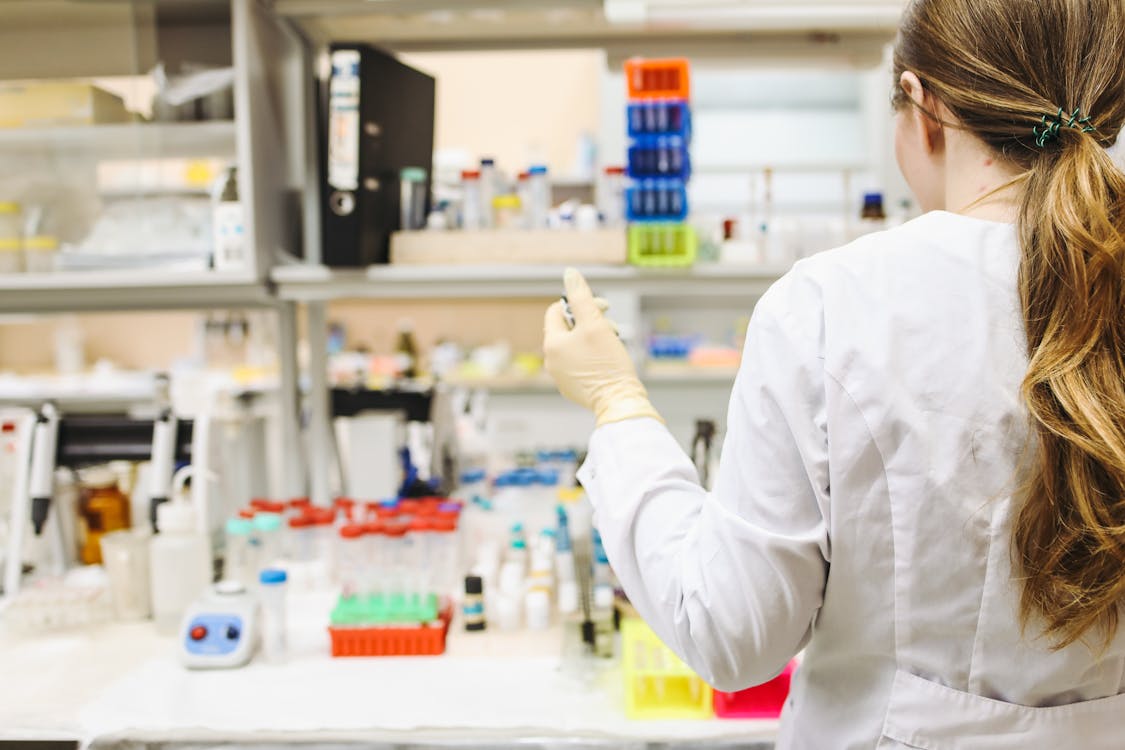Top 5 Laboratory Instruments That Every Modern Lab Should Have (2025 Guide)
Published on: October 11, 2025 | By: New Lab System
As scientific research becomes increasingly complex and data-driven, the capabilities of a laboratory are defined by its core instrumentation. Investing in the right technology is no longer just an advantage—it's essential for producing high-impact, reproducible results. Whether you are setting up a new facility or upgrading an existing one, certain instruments form the backbone of modern research. In this 2025 guide, we highlight the five essential instruments that will empower your lab to stay at the cutting edge of innovation.

1. High-Performance Liquid Chromatography (HPLC) System
An HPLC system is the workhorse of any analytical chemistry lab. It excels at separating, identifying, and quantifying each component in a mixture. From ensuring the purity of a new drug compound to detecting pollutants in a water sample, the applications are virtually limitless. Modern HPLC and UHPLC (Ultra-High Performance) systems offer incredible resolution and sensitivity, making them indispensable for quality control and research.

Why it's essential:
- Versatility: Used across pharmaceutical, environmental, clinical, and food science industries.
- Quantitative Accuracy: Provides precise concentration measurements critical for regulatory submissions.
- Purity Analysis: Essential for verifying the purity of chemical compounds and biologics.
2. Mass Spectrometer
Often paired with an HPLC system (LC-MS), a mass spectrometer is the ultimate tool for molecular identification. It measures the mass-to-charge ratio of ions, allowing researchers to determine the precise molecular weight of a compound and elucidate its structure. In fields like proteomics and metabolomics, a mass spectrometer can identify thousands of proteins or metabolites from a single sample, providing a deep snapshot of biological systems.

Why it's essential:
- Unmatched Specificity: Can identify unknown compounds with a high degree of confidence.
- High Sensitivity: Capable of detecting molecules at extremely low concentrations (femtomolar range).
- Broad Applications: Crucial for drug discovery, clinical diagnostics, forensics, and environmental testing.
3. Next-Generation Sequencer (NGS)
The genomics revolution was powered by Next-Generation Sequencing. These powerful instruments can sequence millions to billions of DNA fragments in parallel, dramatically reducing the cost and time required for genetic analysis. An in-house NGS system empowers labs to conduct whole-genome sequencing, study gene expression (RNA-Seq), and explore microbial communities (metagenomics), driving discovery in personalized medicine, oncology, and infectious disease research.

Why it's essential:
- High Throughput: Generates massive amounts of genetic data quickly and cost-effectively.
- Discovery Power: Enables the discovery of novel genes, mutations, and regulatory pathways.
- Clinical Impact: Transforms diagnostics for cancer and inherited diseases.
4. Automated Liquid Handler
Reproducibility is the bedrock of good science, and manual pipetting is a major source of variability. An automated liquid handler, or pipetting robot, executes liquid transfers with a precision and consistency that is impossible to achieve by hand. By automating routine tasks like serial dilutions, PCR setup, and plate replications, these systems increase throughput, reduce errors, and free up skilled researchers to focus on more complex work like data analysis and experimental design.

Why it's essential:
- Enhanced Reproducibility: Eliminates person-to-person variability in pipetting.
- Increased Efficiency: Operates 24/7, dramatically increasing a lab's sample processing capacity.
- Error Reduction: Minimizes the risk of costly mistakes in complex experimental setups.
5. Confocal Microscope
While standard microscopes are useful, a confocal microscope provides a quantum leap in imaging capability. It uses a pinhole to block out-of-focus light, allowing it to capture sharp, high-resolution optical "slices" of a thick sample. These slices can then be reconstructed into a detailed 3D image. For cell biologists, neuroscientists, and material scientists, the ability to visualize structures in three dimensions with such clarity is transformative for understanding complex systems.

Why it's essential:
- 3D Imaging: Provides crucial spatial context for biological samples.
- Superior Resolution: Offers a much clearer image compared to traditional widefield microscopes.
- Live-Cell Imaging: Enables the study of dynamic processes within living cells over time.


1 comment
That’s very helpful!